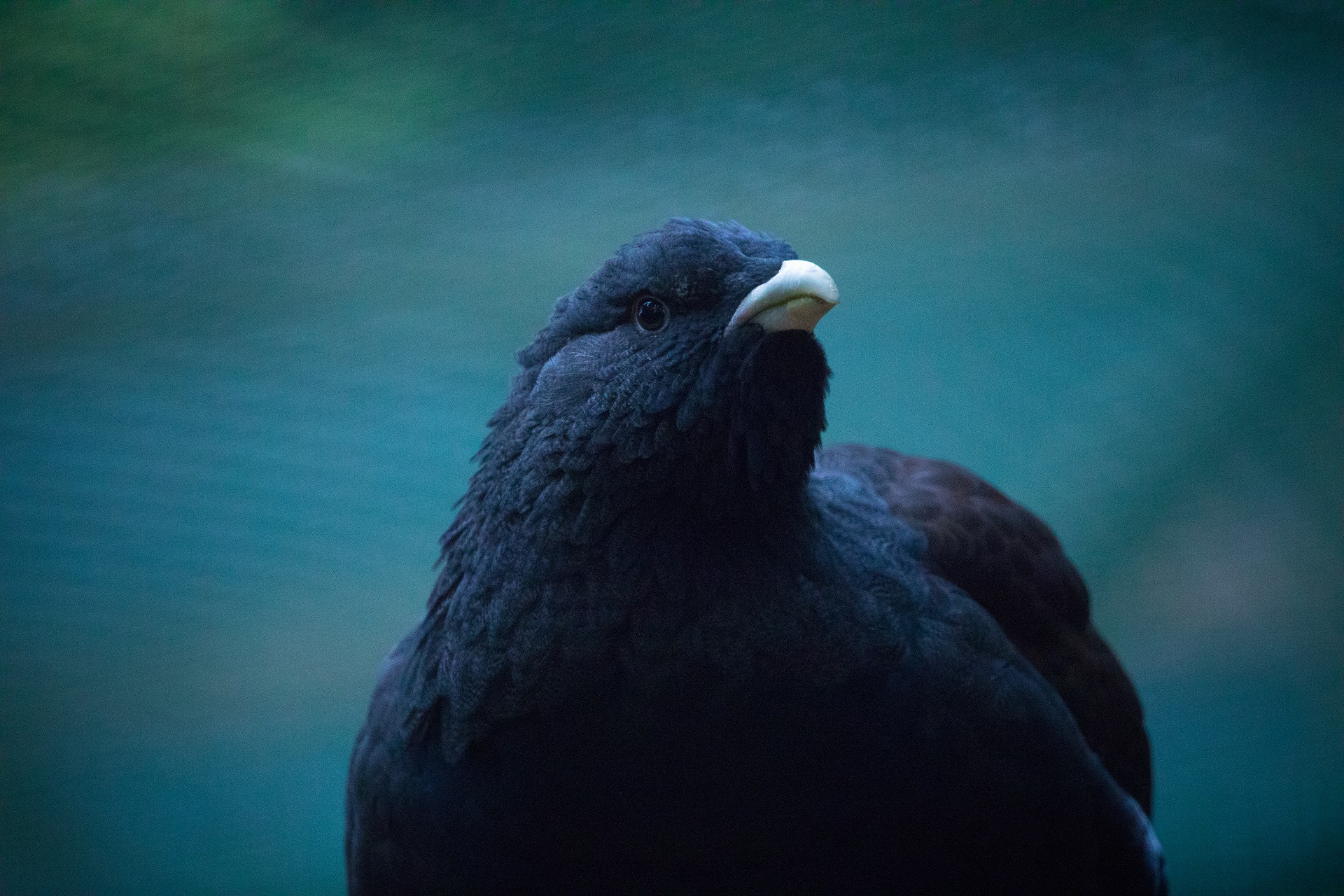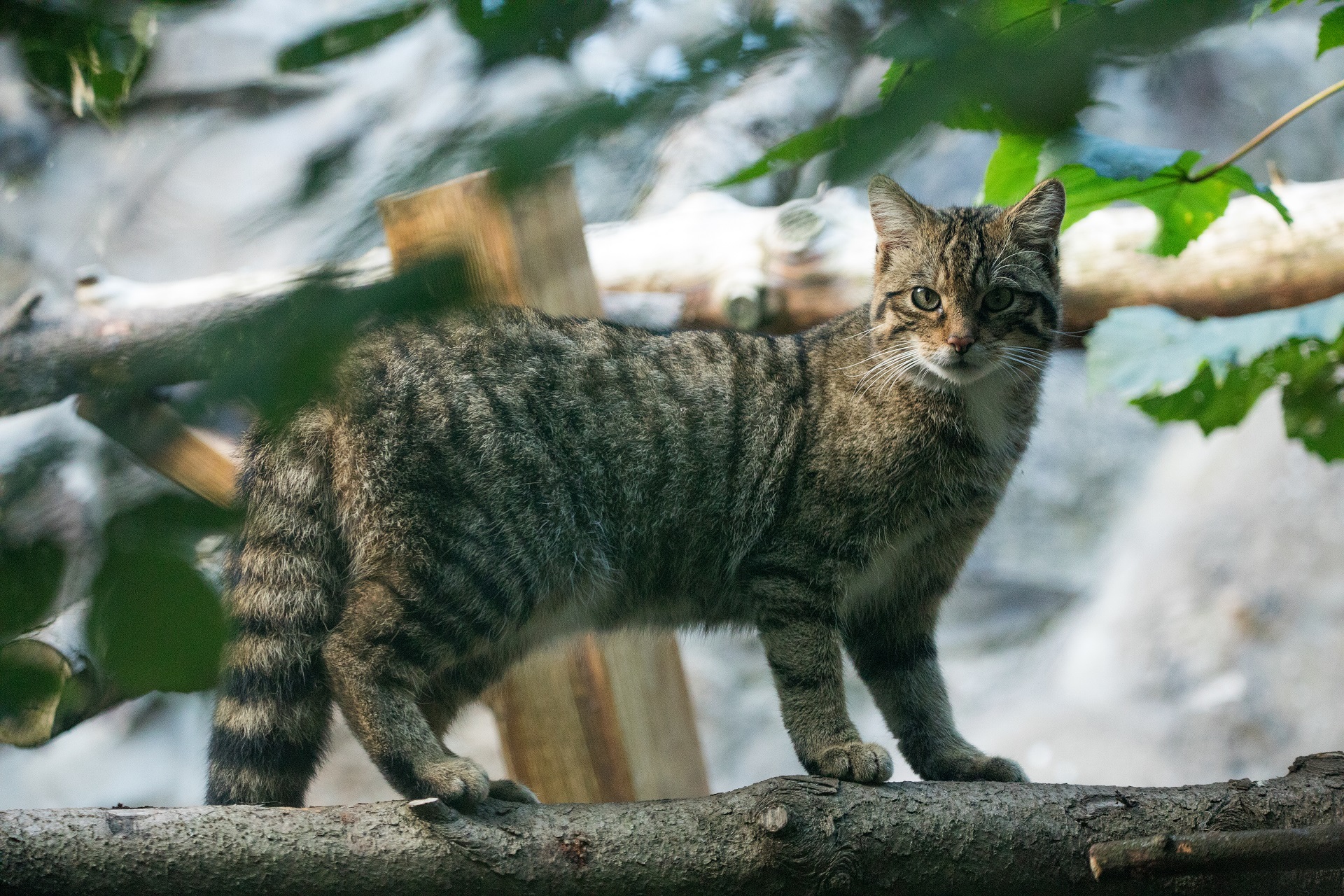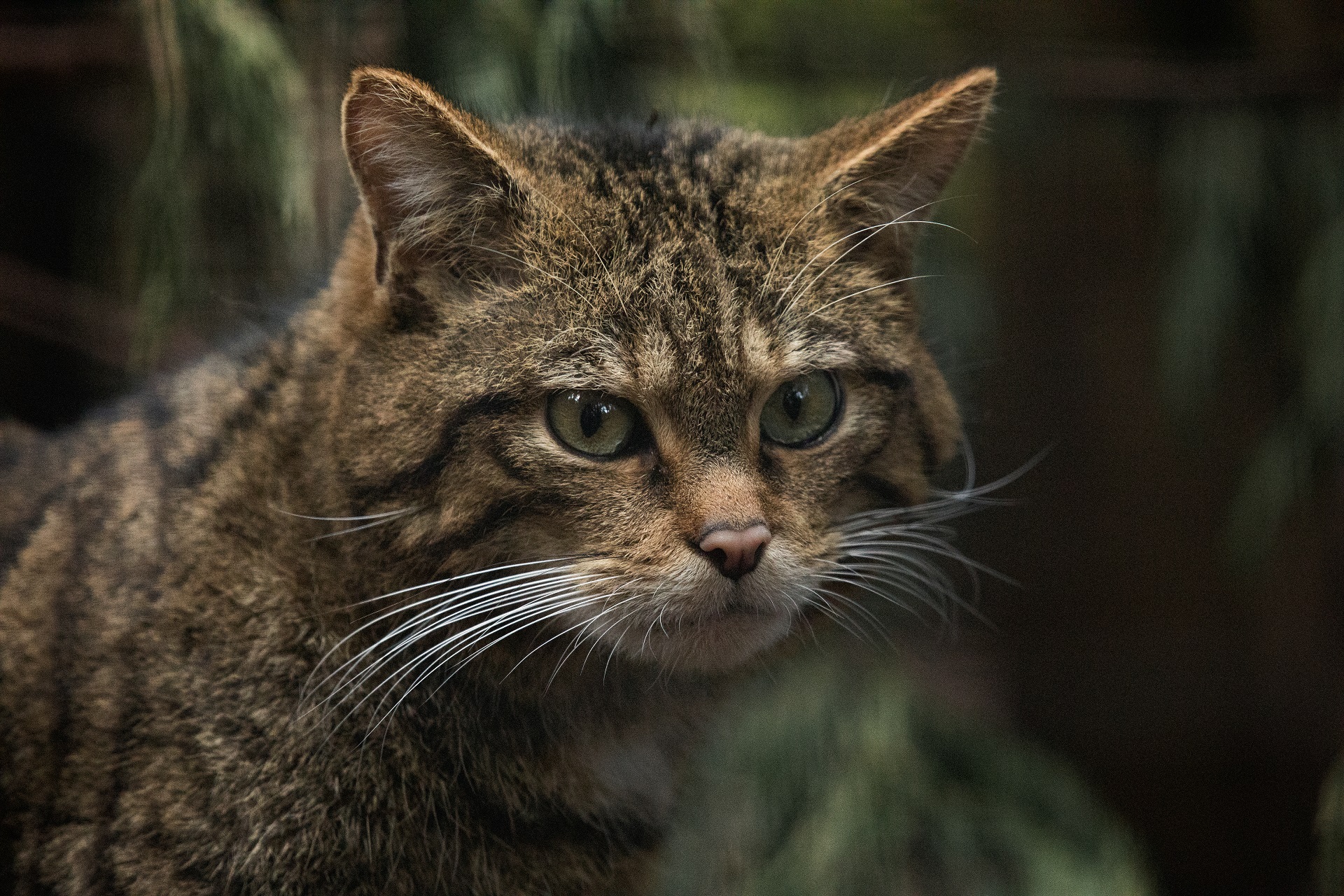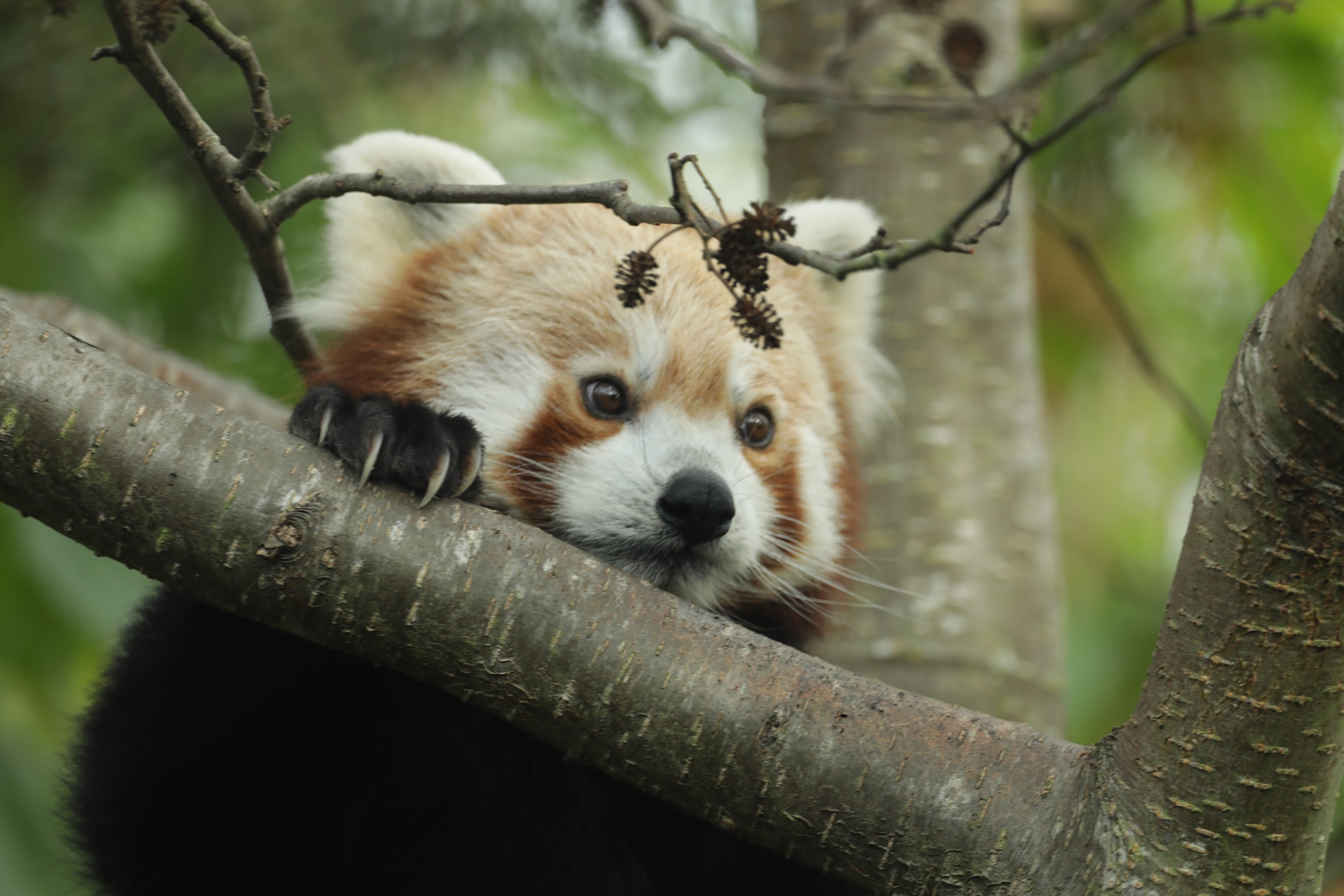Species spotlights | Wildlife in the Cairngorms National Park
Posted 16 Dec 2022

As part of the Royal Zoological Society of Scotland (RZSS) 2030 strategy, our wildlife conservation charity has pledged to reverse the decline of at least 50 species by working in Scotland and around the world.
It is important to protect animals of all shapes and sizes, but species protection alone means nothing without protecting their habitats too.
Species depend on habitats, and together they form our planet’s essential ecosystems – both habitats and species must function in harmony to create a sustainable, abundant, and diverse life on earth.
Recovery efforts need to be truly collaborative between organisations, governments, and communities. Only together can we create a world where nature is protected, valued and loved.
During the UN Biodiversity Conference (COP15), we will be speaking with our conservation partners around the world, to discover more about the species they are working to protect.

The Cairngorms National Park is home to a lot of threatened species. What are some of those most at risk and what challenges are they facing?
Around a quarter of the UK's rare and endangered species are found in the Cairngorms so the Park Authority and its partners have a big responsibility for the species that live here.
Some of the key species we've got in the Cairngorms are capercaillie, wildcats, freshwater pearl mussels and pine hoverfly, not to mention the really special groups of plants, lichens and fungi.
One of the biggest challenges for these species is climate change. We're in a situation where we've got populations which are small and fragmented, which has historically been a big issue throughout the UK and it's very evident here in the Cairngorms.
The loss of habitat, habitat fragmentation and decline in the quality of that habitat is now being exacerbated by climate change - whether that is increased flooding or changes in temperature. Any change in temperature can have a detrimental effect on some of the more delicate species found in the National Park.
Do you think it’s more important to focus on conserving habitats or individual species?
I think you need many tools in your toolbox. The Nature section of our new National Park Partnership Plan sets out specific actions around species recovery and wider ecological restoration and that sums up our overall approach.
When we're looking at conservation in general, species can sometimes respond to large scale habitat restoration, creation, and enhancement projects. But that's often only the case where the species is doing okay on its own.
What we've got in the Cairngorms, and in the UK more generally, is species that have become increasingly squeezed in terms of the population sizes, so they're highly vulnerable.
For many species we need short-term measures to help them now, like our partnership to save the pine hoverfly. By breeding the flies in captivity at Highland Wildlife Park, we can release them into the Cairngorms to boost the wild population.
This feeds into longer-term action, which is to ensure our woodlands are better connected so species like the pine hoverfly can thrive.
There are plenty of projects like that in the Cairngorms, where we've got to balance that short-term and long-term plan, all of which aligns really well with the direction of the Scottish Biodiversity Strategy and Environment Bill. This short-term/long-term duality means that in the future, we can hopefully step back and do less of the targeted species action, and work more on sustaining the flourishing ecosystems we’ve worked to build back up.
The Park Authority is one of the partners on Saving Wildcats, the European project RZSS leads to restore the wildcat within the Cairngorms. What benefits do you think restoration of wildcat can bring to the park?
First, it's a beautiful species, isn't it? An iconic Scottish species that is an important part of our natural and cultural heritage. So many people want to see wildcats back and thriving in the Scottish Highlands.
They’re also a species that require interconnected habitat with abundant prey resources. So, they’re a real indicator of a healthy, functioning and well-connected ecosystem. The work being done to reintroduce them within the National Park will benefit so many other species, from animals to plants.
With species like wildcats and birds of prey, I think we have a clear responsibility: many of the declines that we see in species globally are because of human actions, whether it's persecution, pollution, exploitation… we have a responsibility to rectify that.
As well as wildcats, we’re committed to bringing beavers back to the National Park. Again, it's a lost species that we want to restore, but the range in ecosystem benefits they bring is astounding, with the ability to restore a more natural cycle to the environments they live.

Now is the time
With more than a million species at risk of extinction, our planet’s life support system is in crisis and the time to act is now. RZSS has pledged to reverse the decline of at least 50 species by 2030, from wildcats in Scotland, to chimpanzees in Uganda.
Together, we can help create a world where nature is protected, valued and loved.
Find out more about our wildlife conservation charity’s 2030 strategy by visiting rzss.org.uk/about.
Discover more species spotlights:

